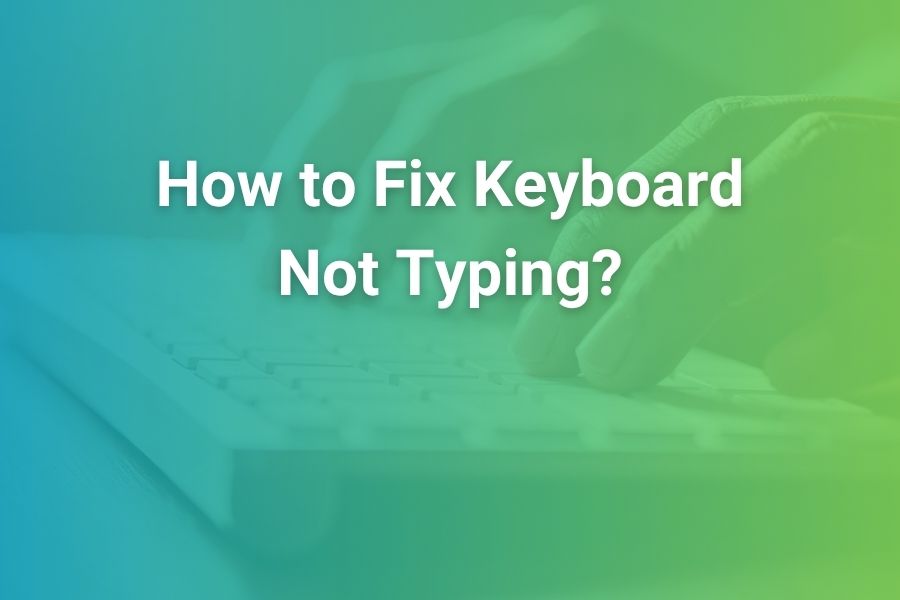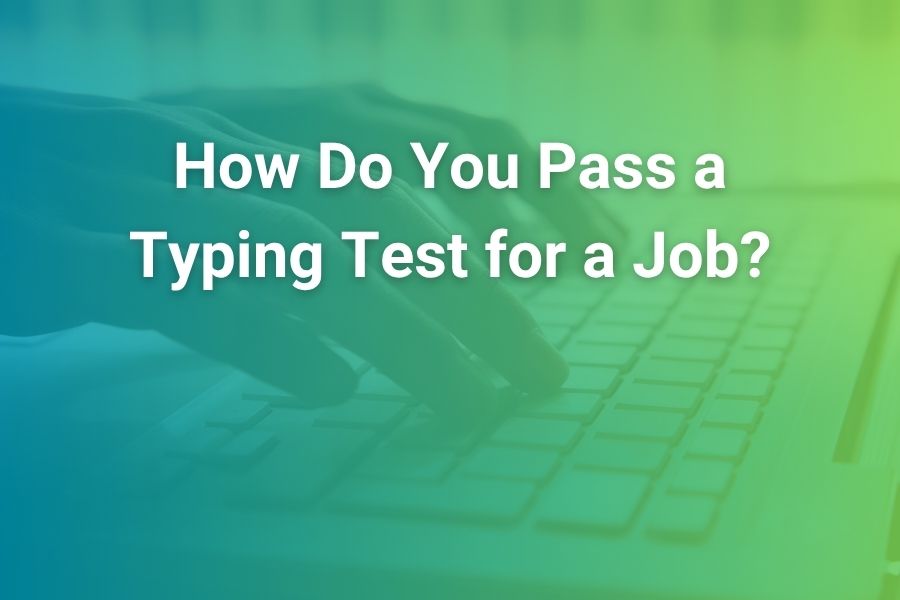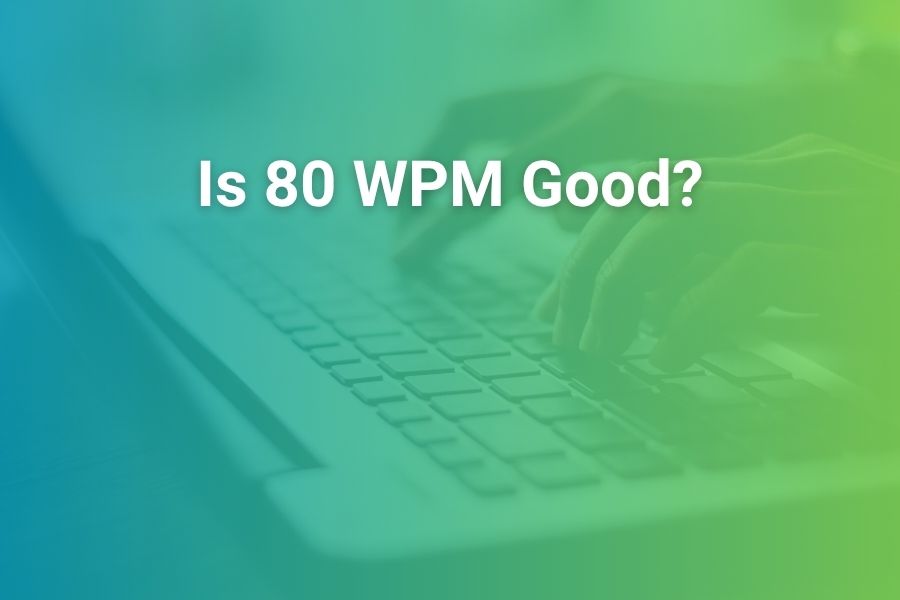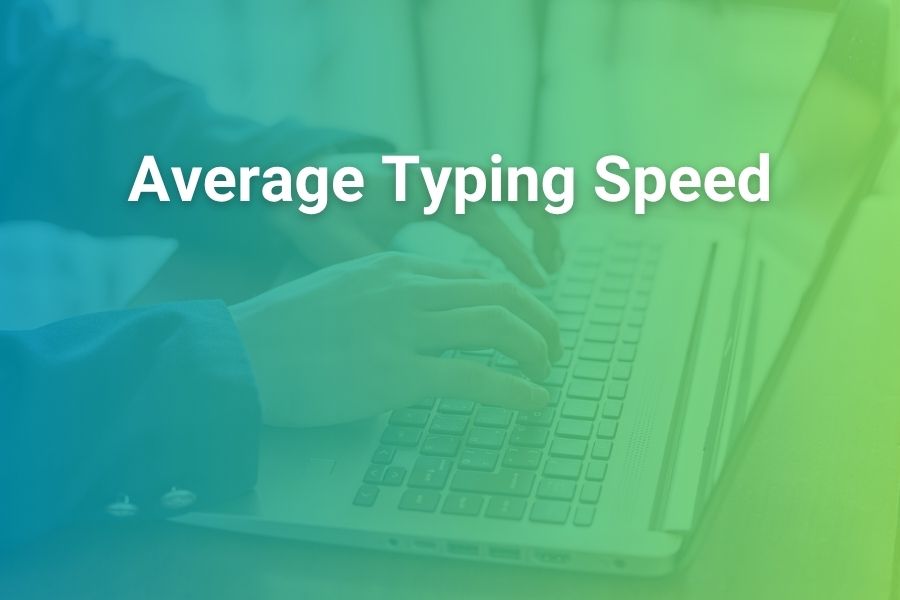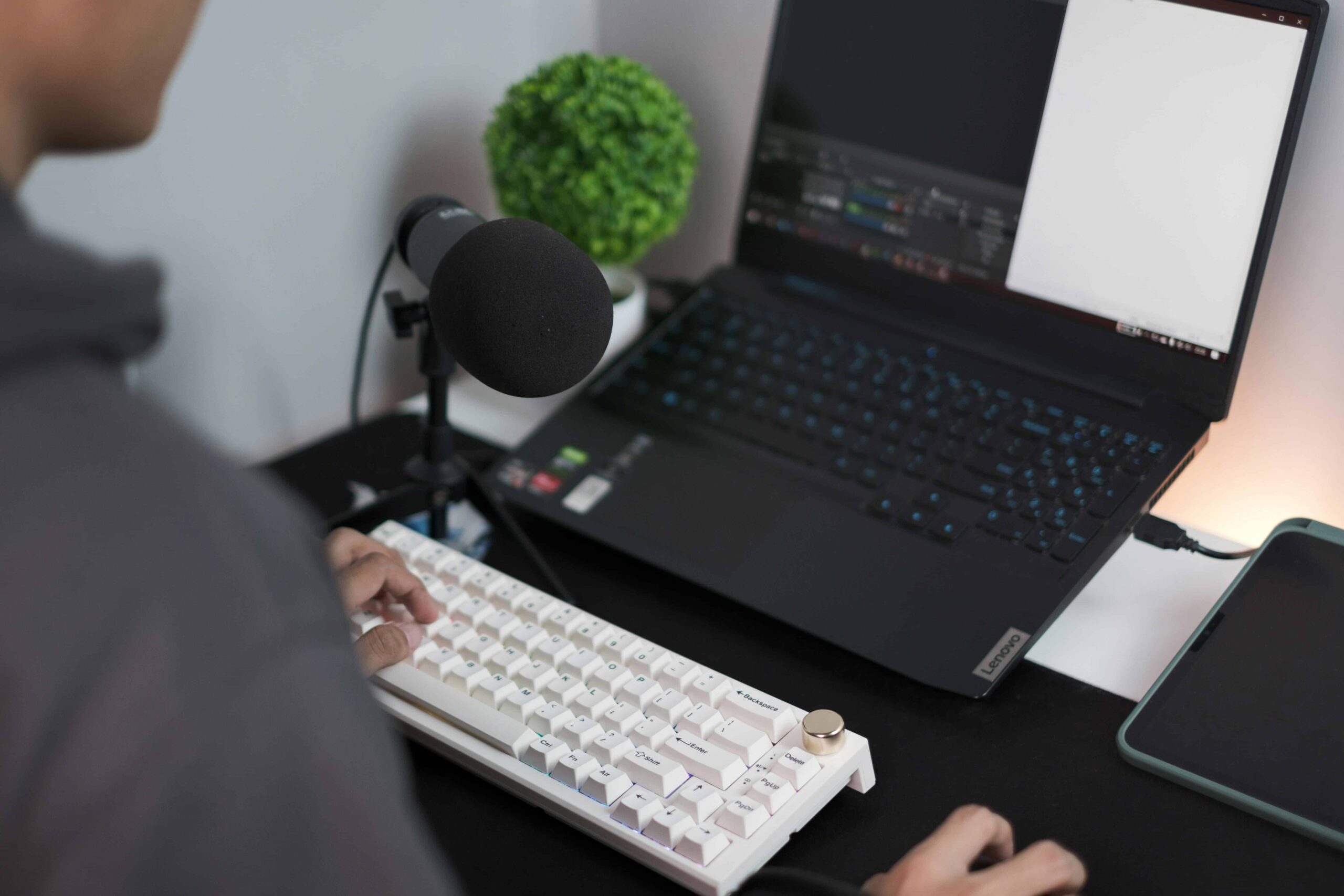
Typing speed is a key factor in improving productivity, especially for those who spend a significant amount of time typing. But is 60 WPM a good typing speed? The answer depends on your specific goals and the nature of your work. While 60 WPM is considered above average and sufficient for most office tasks, some professions, like transcription, data entry, and programming, may require faster typing speeds for optimal performance. In this article, we will delve into what qualifies as a good typing speed, why typing speed matters for productivity, and whether 60 WPM is adequate for various jobs. Whether you’re looking to boost your personal efficiency or excel in a typing-heavy career, improving your typing speed can make a significant difference. Understanding the demands of your role and consistently practicing can help you become a more efficient and faster typist.
Is 60 WPM a good typing speed?
Yes, 60 WPM is generally considered a good typing speed for most people. It’s well above average and sufficient for common office tasks like typing emails, creating documents, and managing administrative work. However, if you’re in a typing-intensive profession like data entry or transcription, you may need a speed of 80 WPM or more to meet the demands of the job. Regular practice can help you improve your WPM over time.
What Is Considered a Good Typing Speed?
Typing speed can vary based on the context, but there are general benchmarks to help determine what’s considered good. The average typing speed for most people is around 40-50 WPM, which is sufficient for everyday tasks like writing emails or handling office paperwork. However, 60 WPM is considered above average and can easily meet the needs of most office work. For more typing-intensive roles such as transcription, data entry, or coding, speeds of 80-100 WPM are often required to stay competitive and efficient.
In high-demand environments, typists who can maintain speeds above 100 WPM are highly valued. Professionals who can type 100-120 WPM are considered excellent typists, especially in fast-paced industries where time is of the essence. Typing speed can have a significant impact on productivity, particularly in fields that require processing large volumes of text or data. The faster you type, the more efficiently you can complete tasks, reducing time spent on manual input and ultimately increasing overall productivity. In professional settings, increasing your typing speed can help you stay competitive and accomplish more in less time, allowing you to focus on other important tasks.
When Is 60 WPM Enough for Typing?
Typing speed plays a key role in many different work environments, but whether 60 WPM is enough depends on the type of job you’re doing. Here’s when 60 WPM works well and when you may need to improve your speed.
Office Work
For general office work, 60 WPM is more than sufficient. Professionals in administrative roles can easily manage tasks like typing emails, creating documents, and responding to clients at this speed. This level of typing speed ensures efficiency and high productivity without the pressure of typing too quickly. Whether you’re working on reports, spreadsheets, or managing correspondence, 60 WPM allows you to stay on top of tasks and meet deadlines with ease.
Data Entry and Transcription
In more specialized fields like data entry or transcription, 60 WPM may be on the lower end of what’s needed. These roles often require faster typing speeds, typically in the range of 80 WPM or more, to handle the high volume of data that needs to be processed quickly and accurately. A typing speed of 60 WPM may still be acceptable for less demanding tasks, but in these professions, increasing your speed is crucial for maintaining productivity and meeting tight deadlines.
Programming and Coding
For programming and coding, typing speed is not as critical as accuracy and problem-solving abilities. While 60 WPM is sufficient for casual coders, faster typing speeds can enhance workflow efficiency. By typing faster, programmers can focus more on writing code and solving problems instead of being slowed down by manual input. Increasing typing speed can help streamline the development process, allowing developers to be more efficient in their work.
How to Measure Your Typing Speed?
Typing speed is usually measured in words per minute (WPM). To calculate your WPM, divide the total number of characters typed by five (since the average word has five characters), and then divide that number by the time it took to type. For example, if you typed 300 characters in one minute, your typing speed would be 60 WPM.
Online typing tests such as those offered by TypingTest.com and 10FastFingers can help you measure and track your progress. These tests typically provide a timed session where you type a series of words, and at the end, your speed is calculated based on how many words you typed per minute.
Key Points to Measure:
- Total number of words typed
- Time spent typing
- Calculate WPM based on the number of words per minute.
Regular testing can help you monitor progress and identify areas where you may need to improve, such as accuracy or finger placement.
How to Improve Your Typing Speed Beyond 60 WPM
Improving your typing speed beyond 60 WPM requires consistent effort and the proper techniques. Here are some practical strategies to help you boost your typing speed.
- Practice Regularly: Consistent practice is key to improving your typing speed. Set aside time each day to practice typing exercises or use online tools that challenge your speed. Over time, this will help build muscle memory, allowing you to type faster without consciously thinking about the location of the keys. Regular practice will also improve your typing flow and efficiency, gradually increasing your speed.
- Focus on Accuracy First: Before aiming to increase your typing speed, focus on typing accurately. Speed naturally improves as you reduce mistakes, as constant corrections will slow you down. By practicing accuracy, you lay a solid foundation for faster typing. The more accurate you are, the fewer corrections you’ll need, allowing your speed to increase organically over time.
- Use Typing Software: Typing programs like TypingMaster, Keybr, and 10FastFingers offer structured lessons, tests, and challenges that track your progress. These tools are designed to improve both your speed and accuracy through focused exercises. By practicing with these programs, you can increase your typing speed in a fun and interactive way while monitoring your improvement over time.
What Are the Benefits of High Typing Speed?
Typing speed plays a crucial role in both personal productivity and career success. Here are some key benefits of having a high typing speed.
- Increased Productivity: Typing faster allows you to complete tasks more quickly. Whether it’s writing emails, creating reports, or entering data, a faster typing speed can significantly boost your overall productivity. This efficiency translates to more time for other important tasks, helping you manage your workload more effectively.
- Reduced Stress: When you type faster, you’re less likely to feel rushed or stressed during work. High typing speed helps you keep up with the pace of your workload, making it easier to meet deadlines without feeling overwhelmed. It also reduces the pressure that comes with typing too slowly, which can lead to frustration and stress.
- Enhanced Career Opportunities: In many professions, typing speed is a valuable skill. Jobs in fields like data entry, transcription, and customer support often require high typing speeds. Those with faster WPM rates are more likely to secure these roles, earn promotions, and stand out in competitive job markets.
Final Thoughts
For most individuals, a typing speed of 60 WPM is considered excellent, especially for general office tasks. However, for specialized roles such as transcription or data entry, aiming for a higher speed of 80-100 WPM may be necessary to keep up with the demands of the job. With consistent practice, focus on accuracy, and the use of typing software, you can gradually increase your typing speed. Improving your WPM can significantly enhance your work efficiency, whether you’re looking to boost productivity in your current role or land a typing-intensive job. Ultimately, faster typing can help you accomplish tasks more quickly, making you a more effective and competitive professional in the workplace.
FAQ’s
Is 60 WPM fast enough for most jobs?
Yes, 60 WPM is generally fast enough for most office tasks and administrative roles. However, for high-speed jobs like data entry or transcription, a higher speed may be required.
How can I improve my typing speed?
Regular practice, focusing on accuracy first, and using typing software like TypingMaster or Keybr can help improve your typing speed.
Is 100 WPM considered a high typing speed?
Yes, 100 WPM is considered a high typing speed, especially in professions that require fast and accurate typing, such as data entry or transcription.
Does typing faster improve productivity?
Yes, typing faster allows you to complete tasks more quickly, increasing overall productivity and reducing the time spent on typing tasks.
How often should I practice to improve my typing speed?
Aim to practice typing for 15-30 minutes each day. Consistent practice will help you improve your speed and accuracy over time.

